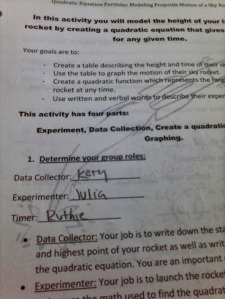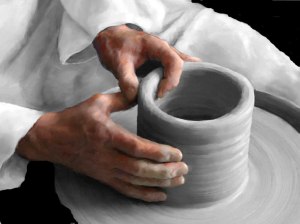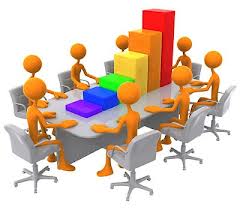 As a new teacher, I’ve been told I should beg, borrow, and steal all materials I can get so as to not “reinvent the wheel”. I have found that this year, I have reinvented the wheel countless times, taken the wheel apart (kept what I wanted and trashed the rest), borrowed quite a bit, and screen-shot/stolen much!
As a new teacher, I’ve been told I should beg, borrow, and steal all materials I can get so as to not “reinvent the wheel”. I have found that this year, I have reinvented the wheel countless times, taken the wheel apart (kept what I wanted and trashed the rest), borrowed quite a bit, and screen-shot/stolen much!
Currently, I am in love with this 2nd-year teacher’s work on foldables in math journals. She is extremely creative in making the journals not only colorful and interactive, but also great study guides for students! With foldables, students are given self-made vocabulary, math facts, questions, and definitions all in a delightfully organized way! Ugh, someday I will be cool like her. For now, I will steal her ideas to help jazz up the end of the year.
Here is a lesson I am planning on using tomorrow in my Math 8 class: Exponent Rule Book
I’m pretty stoked, and I hope my students will see this as a helpful tool as they “study” for their unit test on Friday.








